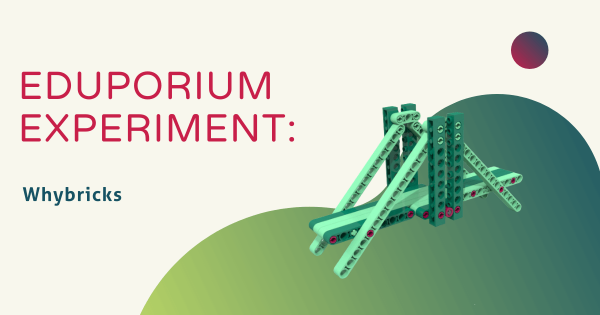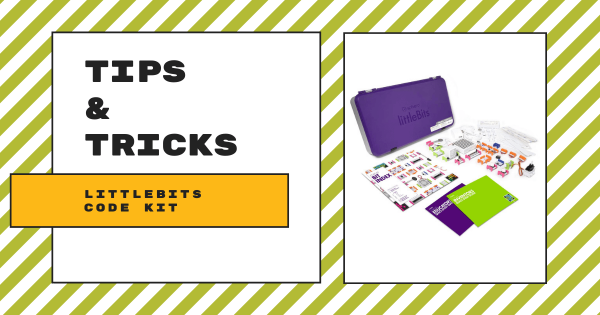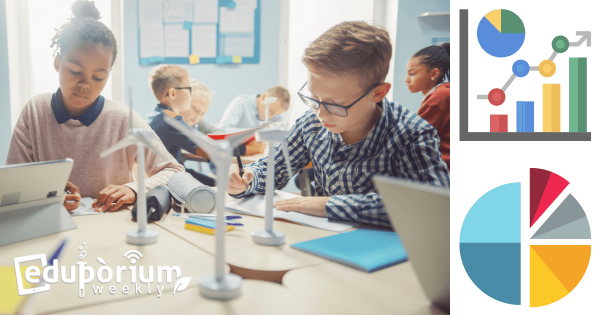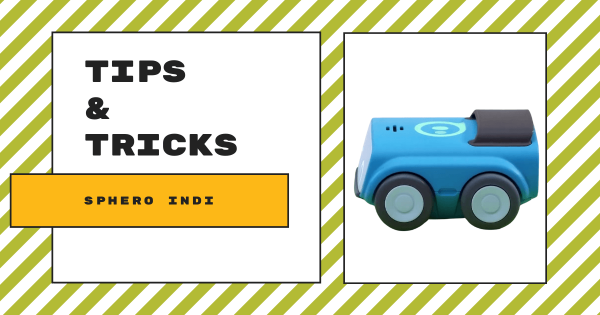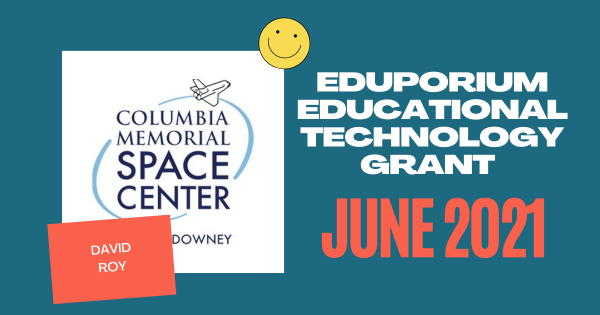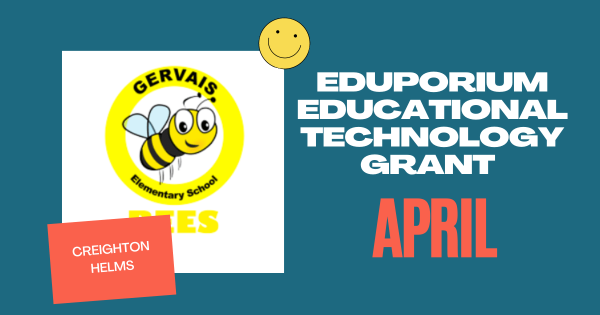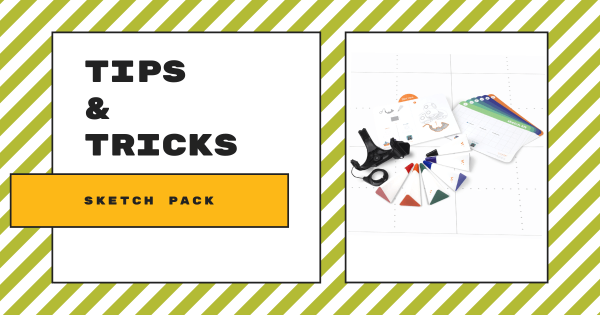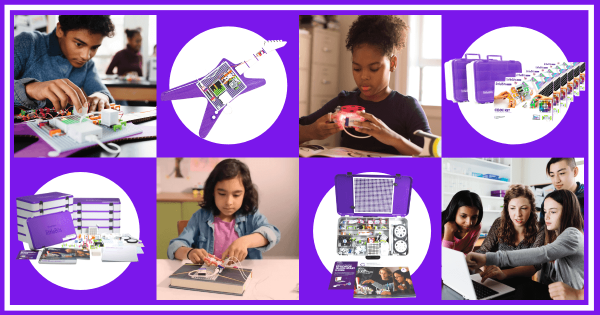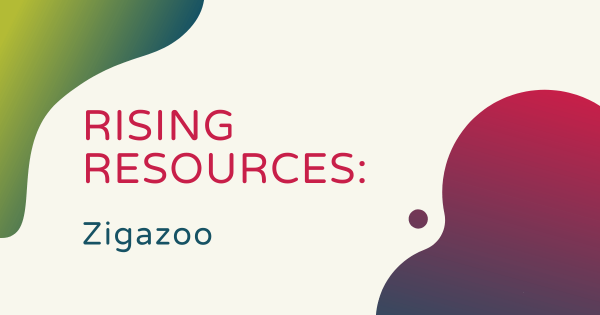The Whybricks kit is very affordable and designed for children as young as eight years old. It ships in an organized box with 2,100 pieces—enough for kids to divide up among as many as 20 of them. The system is built on the premise of using hands-on building blocks to help students develop and it includes both in-depth project guides
STEAM
A broadened area branching out from STEM education, STEAM typically refers more to the creative side of things. STEM stands for Science, Technology, Engineering, and Math, which also happen to encompass some of the most prominent careers today. If we add an 'A' to make it STEAM, however, now we're incorporating art as well. Though not super closely related to science and technology on the surface, the arts may seem to be a strange element to add into STEM learning. With more opportunities to be creative, however, students can develop many of the key skills they'd need for success in a STEM career. STEAM learning encompasses many different areas—from artistic projects or makerspace endeavors to creatively solving problems. As kids try new, hands-on experiences, they also have more chances to activate inquiry and curiosity. And, these are two key drivers of learning and discovery.
Essentially, moving from STEM to STEAM involves adding extra creativity and opportunities for artistic freedom and exploration. Oftentimes, children will leverage various technologies in STEM or MakerEd projects but they can do even more. Tapping into the STEAM side of things, this gives them a chance to learn how thought-provoking questions and unique design elements can also come into play during their problem-solving processes. Educators could still encourage students to question things and connect problems to solutions—albeit with a more artistic lens. In STEAM projects, children often get to incorporate personalized details that illustrate some of their passions. And, while this self-expression is also important, it's how they authenticate these projects to the next degree that's truly valuable. Browse our STEAM content below for more insights and check out our store for all the tools you'll need.
-
Tips & Tricks | littleBits Code Kit and codeBit
Though it’s been available to educators and making an impact in many classrooms for some time now, the Code Kit is another perfect example of littleBits bringing circuitry, engineering, and now coding together to provide students with a learning experience that’s as engaging as it is relevant to their futures. Keep reading to learn more about it! -
Eduporium Weekly | STEM Statistics to Monitor
The world isn’t getting any less advanced and that means, as time goes on, jobs will continue to be created in STEM fields and require technical proficiencies. It’s estimated that, by 2025, there could be as many as 3.5 million open STEM jobs. When it comes to STEM statistics, there’s so much we can learn about the current state of -
Tips & Tricks | The Sphero indi for Screenless Coding
While not quite ready to ship to educators, the Sphero indi robot will be impactful. Seeing a need for coding in early education, the Sphero team designed the indi to provide that option. The indi is perfect for students from ages 4-7 and provides them with hugely beneficial opportunities for screenless coding and learning. -
Our EdTech Grant Awardee for June 2021 is David Roy
David is largely responsible for creating valuable afterschool STEM opportunities for students. Through the Maker Mentor Program, in particular, he’s helped connect students with makers in their community. Read on to learn more about him, including his plans for teaching with drones and 3D printers as well as what he’ll receive from us. -
April Grant Awarded to Gervais Schools' Creighton Helms
We have awarded our educational technology grant for the month of April to Creighton Helms of the Gervais School District. Creighton serves as the principal of the Gervais Elementary School in Gervais, OR and has really worked to create relevant STEAM learning opportunities for the students he supports. -
Tips & Tricks | Wonder Workshop Sketch Pack Accessories
The first and most obvious thing that’s great about the Sketch Pack is that it allows students to truly combine STEM and STEAM. It provides a surface and a few accessories to turn the Dash or Cue into a writing utensil. Students can slide a marker into the specialized slot and then write programs that tell the robot how to -
VOTE for the STEAM Tools in Our Upcoming Webinars
Our webinars have been well attended so far starting with the Ozobot broadcast last December. We’re very grateful for the efforts of our partners and, now, we’re looking to expand these broadcasts. Head inside to cast your vote for what you want us to cover next as we work to expand our webinar series this spring. -
Why littleBits is a Favorite STEAM and Makerspace Tool
With over 15 specialized kits, littleBits is transforming STEAM education in all grade levels. They feature a progressive approach to hands-on learning, making, and engineering, and encourage kids to creatively explore millions of inventions. The solutions continue to evolve and, now, teachers can combine making and coding in one STEAM experience! -
Rising Resources | Zigazoo for Smarter Screen Time
With Zigazoo, students can take pride in their learning by creating original content. Zigazoo serves as a response tool for them to create thoughtful responses to teacher-posed questions or challenges. Whether you’re discussing a historic event, teaching a new type of math, or simply in the mood to get student creativity flowing, Zigazoo can help.




